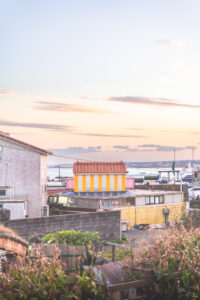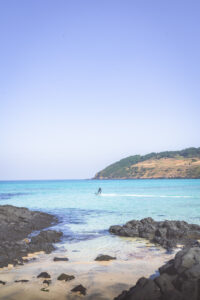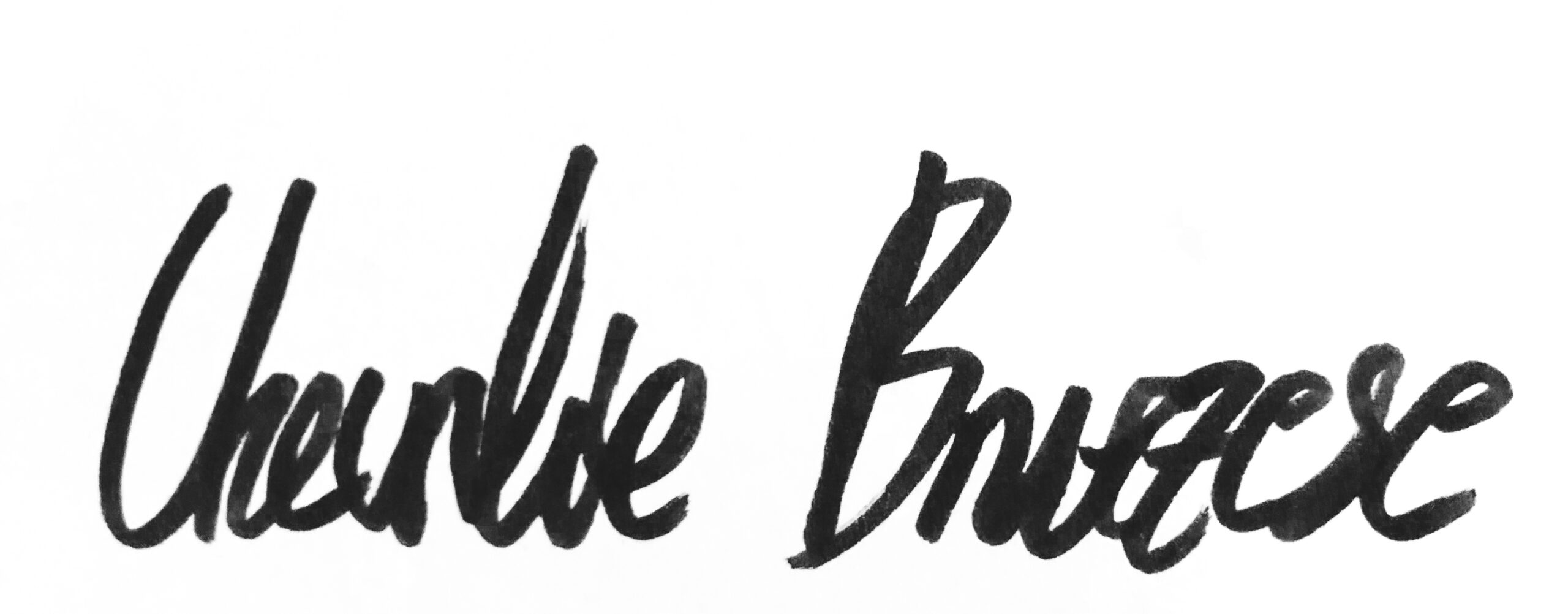“Victorious warriors win first and then go to war, while defeated warriors go to war first and then seek to win.” —Sun Tzu
JEJU
THE ISLAND
Jeju is a Korean island, located some 100km from the southern tip of Korea. The island has a huge volcano at its core and is 1,800 sqkm, approximately half the surface of Mallorca island. But the main volcano is surrounded by plenty of smaller ones, making it really easy to find beautiful areas to walk by and fill your lungs with fresh air. Initially, I didn’t plan to go there, because it would take too much time and couldn’t fit with my supposed schedule. But then, Kim asked me if I wanted to join him. So I thought, why not, I won’t come back here anytime soon, it would be a shame to miss it. These are the kind of decision I would never regret. So, on November 3rd, I reported my flight to Japan, and flew to Jeju, for a new experience, far away from the big cities.






KOREA FRACTURE AFTER WWII
Last week, we talked about the Sillas : the first Korean dynasties. For this week history, let’s dive into more contemporary matters : the Korean War. The current Korean political situation isn’t really known to westerners, so I wanted to scramble a small excerpt about it.
To understand today’s political status in Korea, we have to go as far as a century ago. Back then, Korea was a Japanese protectorate from 1905 to 1945. After the Second World War, as Korea was in the losing pool of countries, it was split in two and chaperoned by the allied forces and the soviet bloc. Similarly to what happened with Germany at that time. The north was under the USSR authority, and the south was influenced by the USA. From this on moment, the two Koreas took two separate ways. The North became communist, and the south capitalist. Both kind of extreme in their own way.
MODERN HISTORY OF JEJU
This part of history is critical to understand how Jeju was divided after World War II. As much as the Korean Peninsula, Jeju had two controversial ideological parties : communists and capitalists -the eternal struggle of ideologies in our times-. After the war, the UN organized a poll all over Korea, to elect a president. An election that was, of course, rejected by the Soviet Union, having a hard grip North Korea back then.
This finally ended with a cleavage on Jeju, whose communist party was upset about the fraction of the peninsula and saw Seoul’s presidency as a capitalist driven puppet. Eventually leading into violent skirmishes, which were brutally repressed by the South Korean government, making thousands of victims. Communists that weren’t killed were captured and lock up in camps. Whom were later executed, when North Korea started invading the south. The heavy story behind all of this eventually lead the Korean government into nominating Jeju as a self governing province in 2006.
EAST JEJU

East Jeju is incredibly beautiful. Amongst high cliffs, steep hills and wide open space, the dark volcanic stone contrasts with the tonic colors of the landscape. To get a glimpse of all those layers of nature,It is possible to climb on the Seongsan Ilchulbong volcano (upper pic). Korean had it all figured out. The hiking trail is arranged with stairs, rest benches and panorama platforms to take pictures. Everyone can enjoy the volcano hike at their own pace. Since it is very well arranged, the hike only takes about an hour to climb up and get down. For juniors and seniors alike.
A little bit south, there is a big aquarium. Usually, if I want to see unhappy animals I just go to the mall. But I wanted to give this one a shot because the big water tank seemed legit. And it was. The only issue was the smaller aquariums, some frogs only had 0,5m² to live. Which was a bit depressing to see. So it’s up to you to get there.






ARCHITECTURE ON JEJU
On east Jeju, I had the opportunity to visit the Yumin museum for Art Nouveau, designed by Tadao Ando. Even if you are not really into Art Nouveau, I greatly recommend to see it. Simply because the museum is an experience in itself. And the surrounding nature is astonishing.
Located on a small hill along the coast, the half buried square volume is hidden from everybody’s eyes. From the ground only four volcanic stone walls emerges at 4,00m high. Although quite short in distance, the path to the museum takes around 10minutes -if you like contemplation that is-. It makes you cross all kinds of landscapes. First you have to go through the entrance pavillon. Then, you head down a slight slope, covered with volcanic stone pavements. Further away, you can either go straight or choose to go through a high grass field. Only then you enter the building, to begin a second sequence of spaces, going smoothly from the outside in.






SOUTH JEJU
For the rest of my trip, I was joined by Kim and his father, for one last adventure together on Jeju-do. Our first ride leaded us to the Sojeongbang Waterfall, but on the way, we passed by the mysterious road. Mysterious indeed : for the road, was going up, but, according to the legend, if you stopped at a very precise spot, your car would magically go uphill. And so we tried. Two times. But it failed, two times. “The only mystery on the mysterious road is why it is called mysterious” said Kim.
Crossing Jeju in autumn is wonderful. Forests are showing their most radiant colors and their floors are turning orange as the ground is converted with leaves. Natural spaces are very well preserved in Korea as they are usually framed by fences making them impracticable.






UDO ISLAND
Udo is a small island, located off the coast, east side of Jeju. Mostly flat, Udo is flanked with a volcano on one side. The island is accessible via a ferry boat from Jeju and it is possible to rent any mean of locomotion while on it. Including cars, electric bikes, scooters or miniature cars with tiny ears. But if you are not into cars with tiny ears on them, you can also easily walk and take the local shuttles.
Walking is great but before anything else, look for the ferry’s time table, you don’t want to get stuck on the island. Trust me, the feeling is obnoxious. Once this is done, explore the island at your own pace. If you are a serious walker you can even walk around the whole island I one day, but you should start early in the morning as ferries usually stop around 6pm.





LAST ADVENTURE IN KOREA
Jeju was my last stop on the Korean soil, and what a stop! The island hosts a tremendous diversity of natural places to explore. From volcano, waterfall, clear rivers to white sand beaches, cafes, local restaurants and unforgivable sights. Everyday was filled with excitement and adventure. Exploring around was a real bliss, especially when the transportation system is on point.
Now, let’s leave the country of the morning calm, for the land of the rising sun, shall we ?




Leave a reply